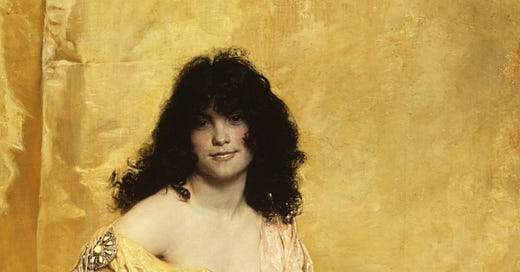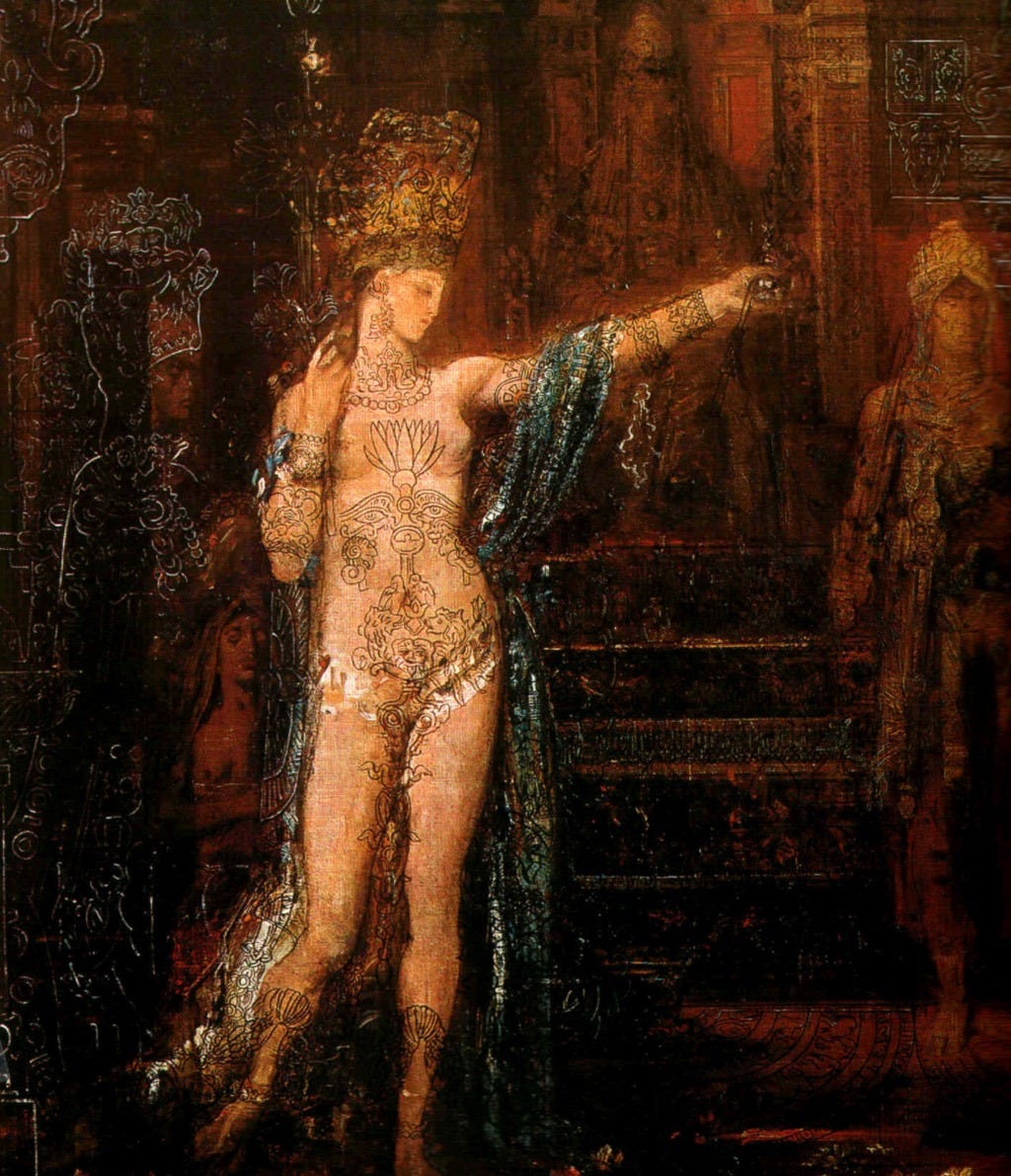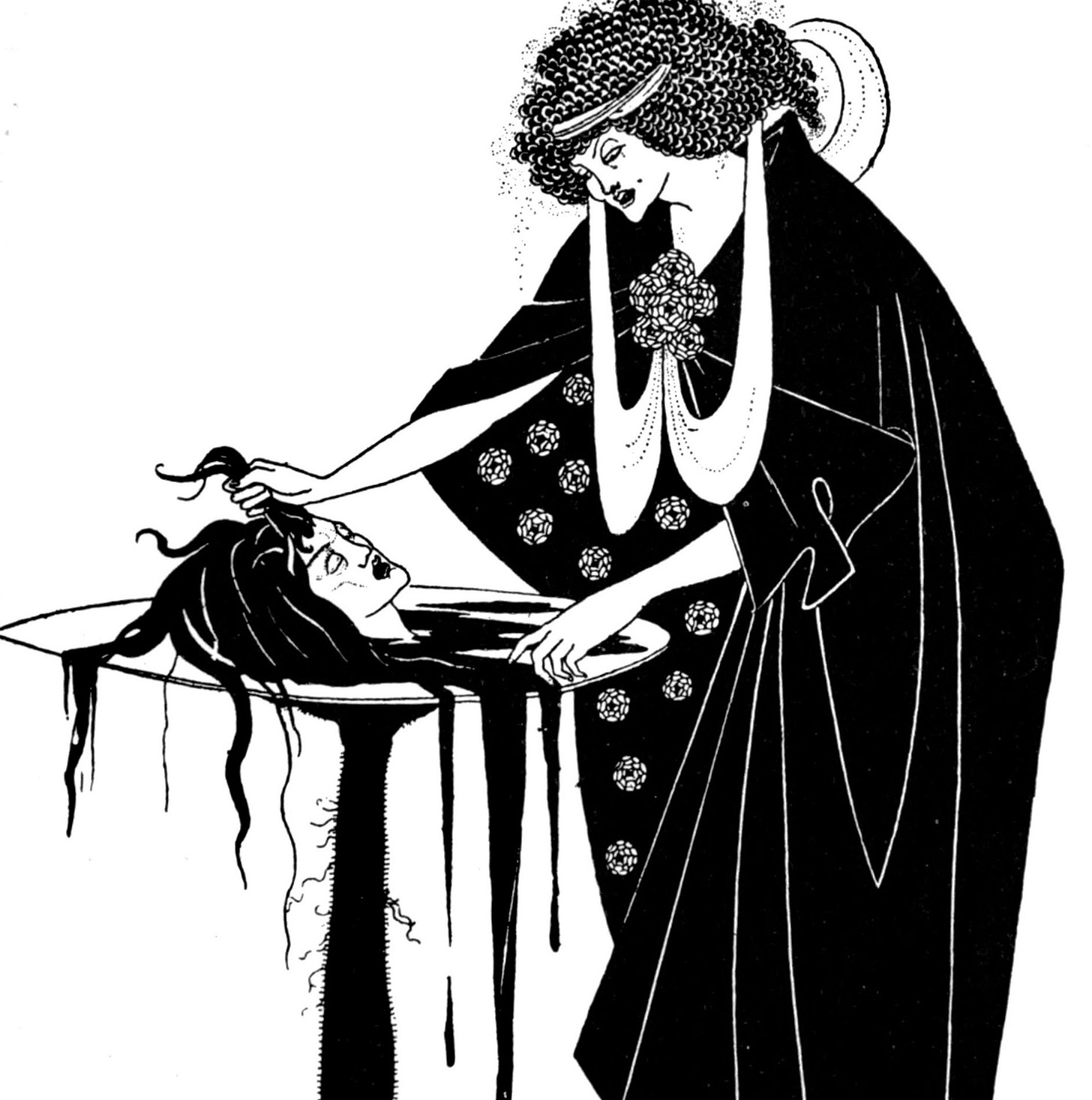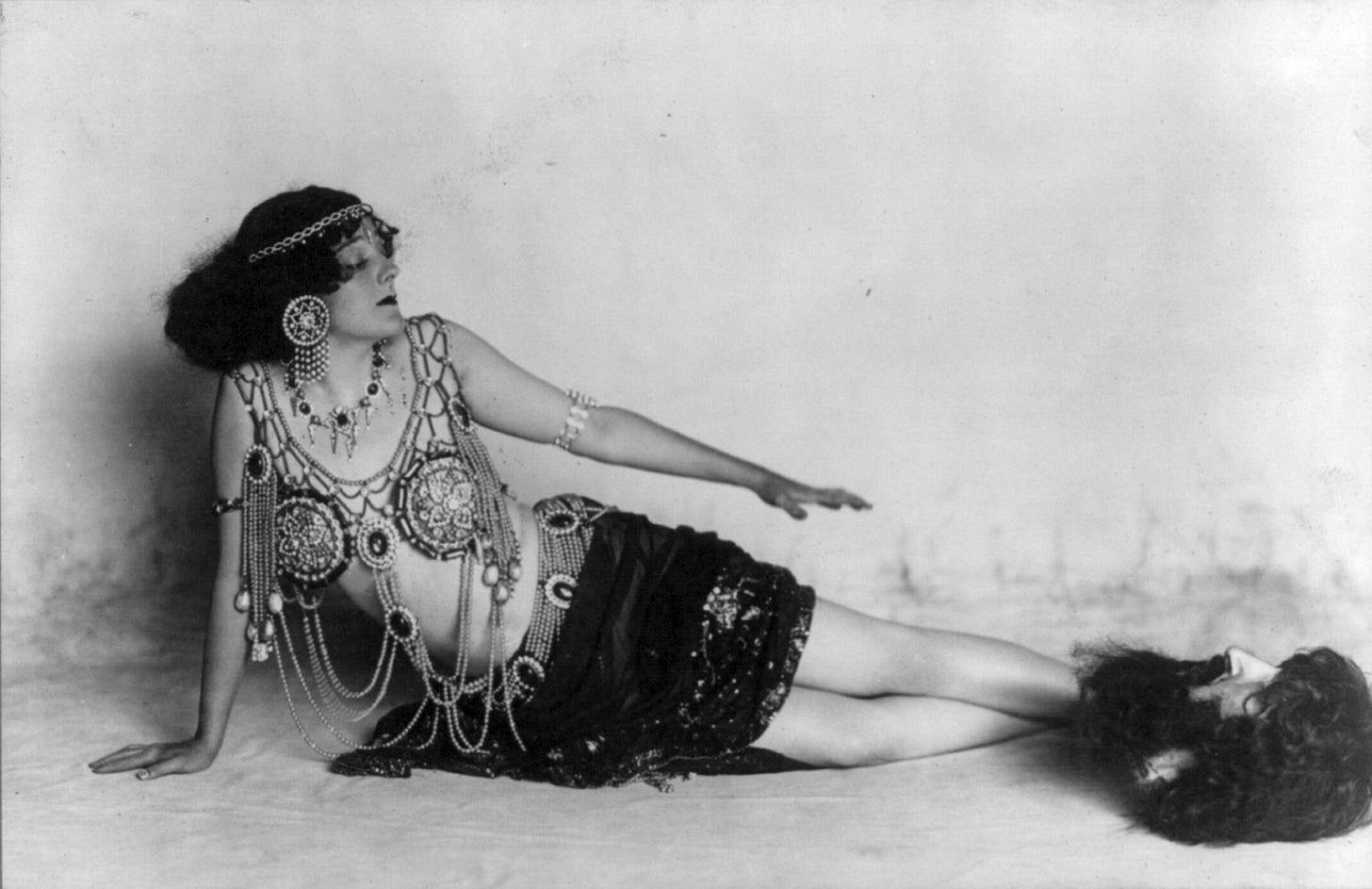Salome: a scherzo with a fatal conclusion
“An active volcano is at work under a heap of slag, a subterranean fire – not merely a firework!” Gustav Mahler was convinced that Richard Strauss’ Salome was “emphatically a work of genius”. Mahler was sticking his neck out. The opera had not been well received by the critics at the Dresden world premiere in 1905, who decried the “thunder” and “cacophony” of the score.
The Dresdner Nachrichten concluded that Strauss had wanted to create “a sensation… something monstrous, stimulating the nerves in the extreme”, while Paul Pfitzner in the Musikalisches Wochenblatt described the “choice ugliness of the most garish disharmonies”. In the Musikalische Rundschau, Paul Zschorlich called the score a “labyrinth”, an “underbrush of dissonances” that would exhaust the listener, whose “ear finds no points of rest”. The audience, however, disagreed, awarding the premiere rapturous applause, insisting on 38 curtain calls.
Mahler was writing having witnessed the Austrian premiere on 16th May 1906 at the Stadttheater Graz, which was conducted by the composer. The starry audience included Arnold Schoenberg, Alexander von Zemlinsky, Giacomo Puccini, Alban Berg and – allegedly – a 17-year old Adolf Hitler. Mahler’s praise continued. After seeing two performances in Berlin in January 1907, he concluded “I am firmly convinced that it is one of the greatest masterpieces of our time.” He was proved correct. Within two years of its premiere, Salome had been performed in fifty opera houses – a true succès de scandale. The composer later boasted that his royalties from Salome alone had enabled him to build his luxurious villa at Garmisch-Partenkirchen in Bavaria.
Salome was Strauss’ third opera. Neither of the first two – Guntram and Feuersnot – had been particularly successful. But it was a young Viennese poet, Anton Lindner, who aroused Strauss’ interest in Oscar Wilde’s notorious play Salomé (written in French) as a possible subject for his next opera. Wilde himself had been inspired by Gustave Moreau’s paintings, the same artworks that had inspired Jules Massenet’s opera Hérodiade.
Salome herself is not named in either of the gospel accounts of Matthew or Mark. She is merely described as the “daughter of Herodias” by Herod Philippus, whom she deserted for his half-brother, Herod Antipas. John the Baptist attacked this second marriage as incestuous, which led to his imprisonment by Herod in a cistern at Perea, east of the Dead Sea. At a lavish banquet on Herod’s birthday, Herodias’ daughter danced for the guests and Herod was so pleased that “he promised with an oath to give her whatever she might ask” (Matthew, 14:7). Herodias instructed her daughter to request the head of John the Baptist on a platter as her reward. Herod, the gospels tell us, was sorry, but kept his word. The executioner duly did his duty and the head was delivered to Herodias’ daughter, who gave it to her mother.
There is no mention in the Bible of any sexual desire for John, nor that Herod then ordered his stepdaughter’s death. These were inventions of Wilde’s creation. His Salomé was bloody, biblical and erotic – certainly a subject that appealed to fin de siècle sensibilities. But Wilde’s play flopped in Paris and in England it was banned by the Lord Chamberlain in 1892 due to its indecency in depicting biblical characters on stage. But in 1901 the play was given in a German translation in Breslau and in the following season it ran for 200 performances in Berlin at Max Reinhardt’s Kleines Theater, in a translation by Hedwig Lachmann.
Although Strauss had asked Lindner to send a few sample scenes of a libretto, he was only marginally impressed, much preferring Lachmann’s translation. By the time he went to Berlin to see the play for himself in 1903, Strauss had already started setting it to music. He completed his score in June 1905.
The premiere was set for Dresden later that year. Strauss warned the conductor Ernst von Schuch that the principals would need three months to study their roles. Leading soprano Marie Wittich only saw the score one month before the premiere… and straight away ran to complain to Cosima Wagner! She and her fellow singers were ready to resign at the first rehearsal, but tenor Karel Burian (Herodes) announced that he had already learnt his role by heart, thus defusing an impending strike.
Wittich remained difficult though, opposed to the “indecency” of the Dance of the Seven Veils, protesting “I won’t do that, I’m a decent woman!” Strauss was so vexed that he threatened to move the premiere to Leipzig or Vienna. At the premiere, a dancer was engaged to take the soprano’s place. Strauss later wrote to Hugo von Hofmannsthal that Salome was a great success... in spite of “Auntie Wittich”.
Despite the successes, Salome did not enjoy an easy voyage out into the world. Mahler failed to get her past the Vienna censor; the opera was not performed at the Staatsoper until 1918. It was banned in London in 1907, the British premiere coming in 1910 when Sir Thomas Beecham agreed to “modifications” which the conductor judged notable for their “hypocrisy and stupidity”. After the opera’s 1907 American premiere, private patrons intervened, scuppering two further performances. Sir Edward Elgar, in New York to conduct his oratorios, was asked to lead a prayer meeting to save the city from the “scourge of Salome”. He refused, describing Strauss as “the greatest genius of the age”.
The audacious score – Strauss asks for 105 orchestral players – certainly has its moments of brutality, but there are moments of great delicacy in its 100-minute span, creating a sultry atmosphere as descriptive as his famous tone poems. Indeed, Salome is like a tone poem, a “study in cancerous obsession” according to his biographer, Michael Kennedy. Strauss himself described Salome as “a scherzo with a fatal conclusion”. It’s easy to see – and to hear – how she’s held the operatic world in her hypnotic gaze ever since.
© Mark Pullinger
This essay originally appeared in a programme book of the New National Theatre, Tokyo







